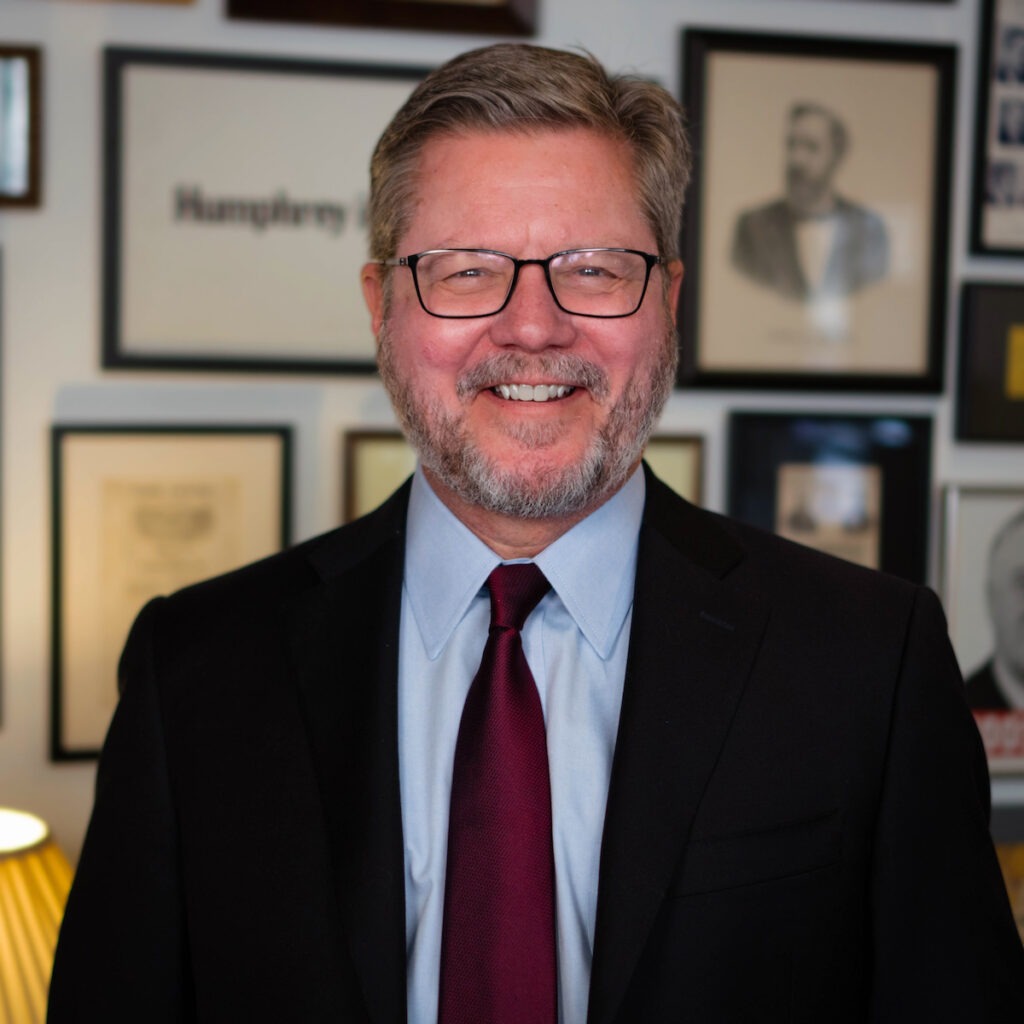
By Elissa Ely
The start of the pandemic elongated time in lonely and frightening ways. People craved the consolation of community but were prohibited from human contact. Screens were a brilliant technologic substitute, yet just as lonely in their way.
Sometime around then, Scott Ferson drew a hopscotch board on the sidewalk in front of his School Street house, and an inspirational message above it. Solitary pedestrians—who were all of us—found it hard to pass without noticing, and maybe without a small involuntary skip between squares. It was a bright bit of humor we could share without knowing one another.
It was also a beginning. Ferson had been hanging flags intermittently from his porch for years: the three stars of Tennessee when his in-laws visited, the Dutch national stripes when friends traveled from Holland. After a World Series he watched with his son, they considered hanging the Red Sox flag with a broom attached—a symbol that Boston had swept the games.
During the pandemic, these intermittent flags became constant, with handwritten block print descriptions of their histories and colors propped on a stone wall next to his driveway. As Scott saw it, the entire town was “isolated, but all in this together.” His own family was isolated in the midst of a home renovation, working in separate rooms and eating off hot plates. (We were all challenged, but some of us at least had working stoves.)
Flying the flags was like setting out a series of welcome mats; an invitation and a comfort from a safe distance. Since then, one or another flag has been waving continuously from the front porch.
Response has been largely appreciative. Human beings being human, passersby tend to notice the flags that have personal meaning to them (the Irish tricolour on St. Patrick’s day is always a hit.) Some make requests, as if the neighborhood DJ were spinning tunes. Occasionally, clarification is needed. “Is that Confederate?” someone asked about the Tennessee flag. Another person left a gentle note about diversity, which caused Scott to rethink what he calls his “inherent biases” and fly the Indigenous Peoples’ flags of Australia and the First Nations flags of the United States. Education flows in two directions.
There has been much to learn. Bad designs produce “a seal on a bedsheet,” and the best-designed municipal flags include Topeka and Corpus Christi. Wikipedia is a good starting place for research, but Britannica is better on heraldry. The flags themselves come from Amazon (“four bucks”) or from “Flags for Good.” At first, they were piled into random plastic bins, but now they are stacked on shelving in his basement, respectfully alphabetized.
On any given day, choosing a flag might have to do with a holiday or event, or a request, “or sometimes I just key in on a continent,” Ferson said. His personal favorites are American flags—especially the 44-star edition, which was in service during the late 1800s when his Belmont house was built. The 50-star flag of modern times, a gift from US Senator Ed Markey, has flown over the capitol.
Ferson keeps the notes that observers leave, and he tries not to interrupt anyone while watering the plants in the front yard. “Flags make powerful statements on their own,” he says firmly. “The message is a private message, and if I’m standing there, someone’s less likely to look.”
The message is representational, too. Flags symbolize geography, weather, half-mast mourning, missing troops. Some also symbolize defiance and political division, and in his block print descriptions Scott adamantly refuses to editorialize. “Without exception, I stick to facts,” he says. “If I want to put out a political sign, I’ll put a sign on the lawn.” There are a few personal rules, though: he won’t fly the Russian flag, and he won’t fly the original Massachusetts state flag—“I think it’s racist,” he said. Instead, he flies the pine tree variant.
None of this was genetic. No one in the Ferson family flew flags when he was growing up in Burlington. Back then, flags didn’t interest him; politics did. His mother remembers the 5 year old sitting raptly in front of the television, watching the funeral of Robert f. Kennedy. After serving in a number of presidential campaigns and as press secretary for Ted Kennedy, he began his own business: a public affairs and PR company, specializing in crisis communication. He represented one stricken family after the Boston Marathon bombing. He worked with nonprofits, State House lobbying, and—of course—political campaigns. “I seek challenges, and I like an underdog,” his LinkedIn profile declares.
Belmont was midway between his job and his wife Lucy’s when they moved here in 1990; first to an apartment, then one floor of a two-story house, then School Street. Over the years, the town grew into the family and the family grew into the town. Scott served as president of the Unitarian Universalist Church and the Belmont Library Foundation. Lucy was involved with the rebuilding of Wellington School. His daughter returned home during the pandemic. His son’s wedding across the country included 25 friends from Belmont.
Classes he teaches now at Stonehill College on elections and American government have left Ferson hopeful in a time when many are angry or despairing. His faith is based in history. “We’re grounded in foundational documents,” he says, and quotes Ralph Waldo Emerson: “Things refuse to be mismanaged for long.” As someone who has always been of an analytic bent, he’s planning a year-long trip, traveling across the country not to consult, but simply to listen. “If we listened more, we might understand behavior,” he says. It’s hard to argue with that in these times. When two fervent opinions are politically deaf to each other, an attentive third ear is invaluable.
COVID-19 has entered a less lonely, less frightening phase, but the flags on School Street are still rotated every three days. Their study has a formal name: he has become a vexillologist—“and even worse,” he adds, “an amateur vexillologist.” More than three years after the pandemic began, the vexillologist and his wife sometimes sit on the front porch with a glass of wine, looking at whatever flag is in front of them. Wandering past (without the wine), so do we.
Elissa Ely is a community psychiatrist.




Sorry, the comment form is closed at this time.